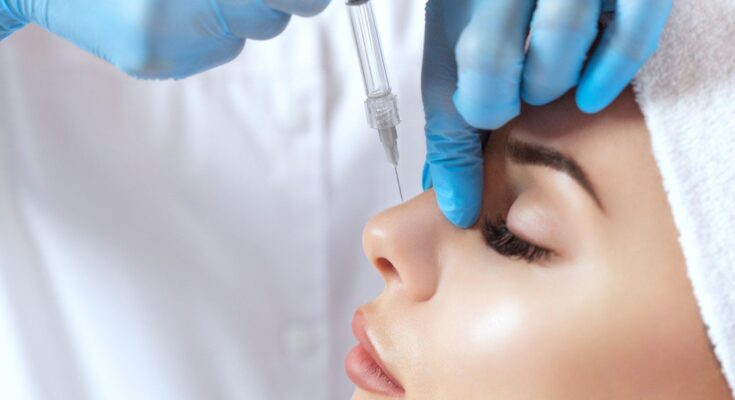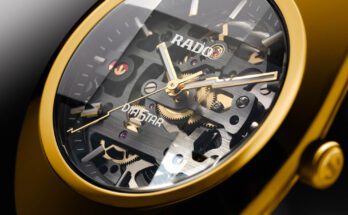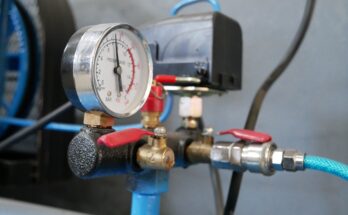You’re considering rhinoplasty (cosmetic surgery of the nose) because you don’t like the way your nose looks? Or you’re considering it because an injury has left your nose deformed?
Regardless of the reason, before you decide to go under the knife, it’s important to make sure this is the right choice for you — both in the short and long term.
For this, you must research rhinoplasty before and after. Let’s take a look at how you can go about doing this.
Preparation
Rhinoplasty preparation is an important step on the path to a successful procedure and recovery. Before a rhinoplasty, it is important for the patient to have a thorough physical examination by their doctor, including blood work, to ensure they are healthy enough for elective surgery.
Patients should also discuss any current medications they are taking and whether there may be an increased risk due to other pre-existing medical conditions. In addition, it is important for the patient to abstain from smoking and drinking alcohol for at least two weeks prior to the surgery in order to reduce the risk of complications.
Procedure
The rhinoplasty procedure is a surgical procedure used to reshape and redefine the nose. Generally, it is designed to improve the appearance and function of the nose by changing its size, shape, and position.
This procedure is done under anesthesia and requires general anesthesia in more complicated cases. It involves cutting and removing some parts of the cartilage and bone of the nose as well as fabricating and repositioning the nasal structures.
The procedure is done carefully to ensure the nose is balanced and symmetrical with the other facial features. The primary goal of the procedure is to improve the shape of the nose, but in some cases, it may also help to improve nasal breathing as well.
Safety Precautions
Some of the most common safety precautions involve making sure the patient is in good health, not taking any blood thinning medications, and not smoking or using drugs during the preoperative and postoperative period.
Other precautions include choosing a board-certified plastic surgeon, using sterile techniques during the surgery, and allowing enough time for the healing process after nose surgery.
It is also important to ask the doctor questions about the procedure and to monitor any side effects or changes in symptoms after the surgery. It is essential that each patient understands the risks of rhinoplasty and has realistic expectations about the outcome of the procedure.
Recovery
After the rhinoplasty surgery, the patient experiences a significant amount of swelling, bruising, and discomfort, typically lasting at least a few weeks. During initial recovery, swelling and bruising can be managed through elevation of the head, cold compresses, and anti-inflammatory medications.
Additionally, nasal packs may be placed for up to three days to reduce swelling and promote healing. Depending on the patient’s individual case, some may require a hard splint to be worn on the nose for up to a week.
Follow-up visits are necessary to monitor the progress of the recovery and for the doctor to determine when it is safe for the patient to participate in any and all physical activities. Consider rhinoplasty by Dr. Lampert to get this started.
Learn More About Rhinoplasty Before and After
Rhinoplasty before and after is a complicated and delicate procedure that can tremendously improve your look and confidence.
Do more research before deciding on whether or not to get rhinoplasty, and consult an experienced surgeon to make sure it is the right choice for you.
Did you find this article helpful? Check out the rest of our blog for more!



